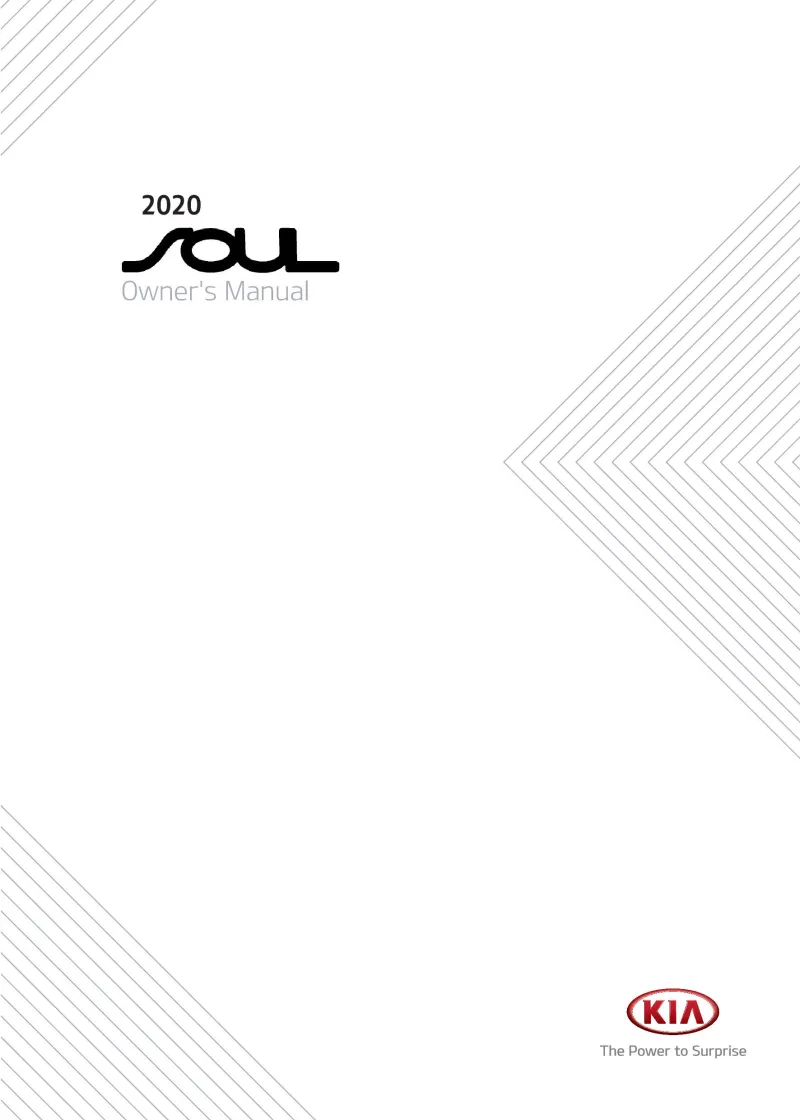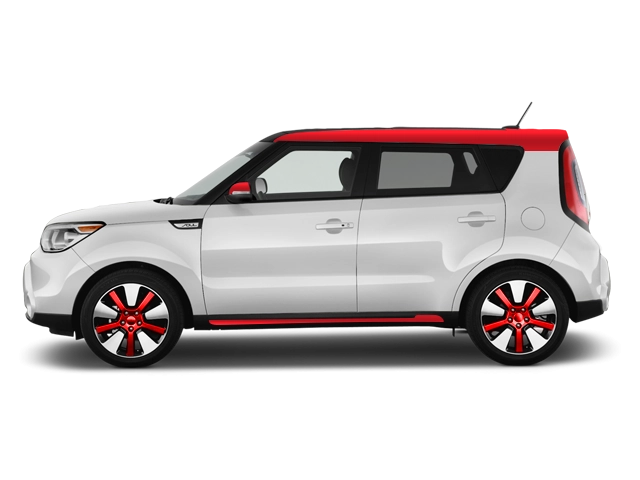2020 Kia Soul Owner's Manual

Table of Contents
2020 Kia Soul Overview
Introduction
The 2020 Kia Soul is a compact car that stands out with its bold design, versatility, and practicality. Known for its distinctive boxy shape and spacious interior, the Soul offers drivers a unique blend of style and functionality. Perfectly suited for city driving or weekend adventures, this modern hatchback is a favorite among urban dwellers and families alike.
Powertrains
The 2020 Kia Soul comes with two engine options to cater to various performance preferences. The base model features a 2.0-liter 4-cylinder engine that produces 147 horsepower, mated to either a manual or a CVT (continuously variable transmission) for smooth acceleration. For those looking for a sportier experience, the turbocharged 1.6-liter 4-cylinder engine is available, generating an exciting 201 horsepower, which is paired with a 7-speed dual-clutch automatic transmission. Both engines offer reasonable fuel efficiency, making the Soul an attractive option for daily commutes and long drives.
Trims
The 2020 Soul is available in multiple trims, allowing buyers to find a configuration that suits their tastes and needs. The base trim provides essential features, while the mid-range GT-Line adds sporty elements like a unique front bumper and sport seat styling. For tech enthusiasts, the Soul Plus adds advanced infotainment features such as a larger touchscreen and smartphone integration. The top-tier Turbo trim elevates performance and style, featuring sport-tuned suspension and exclusive design accents.
Features
Inside the 2020 Kia Soul, you'll find a spacious and thoughtfully designed interior filled with advanced connectivity options. Standard features include a 7-inch touchscreen infotainment system, Bluetooth, and a rearview camera. Higher trims come equipped with premium audio systems, navigation, and advanced safety features like forward collision warning, lane departure warning, and blind-spot monitoring. The Soul emphasizes both comfort and convenience, ensuring an enjoyable ride for everyone.
Owner's Manual
The owner's manual for the 2020 Kia Soul serves as an essential guide for new owners, detailing everything from vehicle specifications to maintenance schedules and warranty information. It offers clear instructions on how to operate various features, troubleshoot common issues, and ensure the longevity of the vehicle. This manual is a valuable resource that helps owners maximize their experience with the Soul while maintaining optimal performance and safety.
User manual download
The Kia Soul owner manual for the 2020 model year is to be found in PDF downloadable format on this page. The owner manual for the model year 2020 is free and in English, but the repair manuals are usually not easy to get and may cost more.
Manual Questions
Fill the form below and someone will help you!

